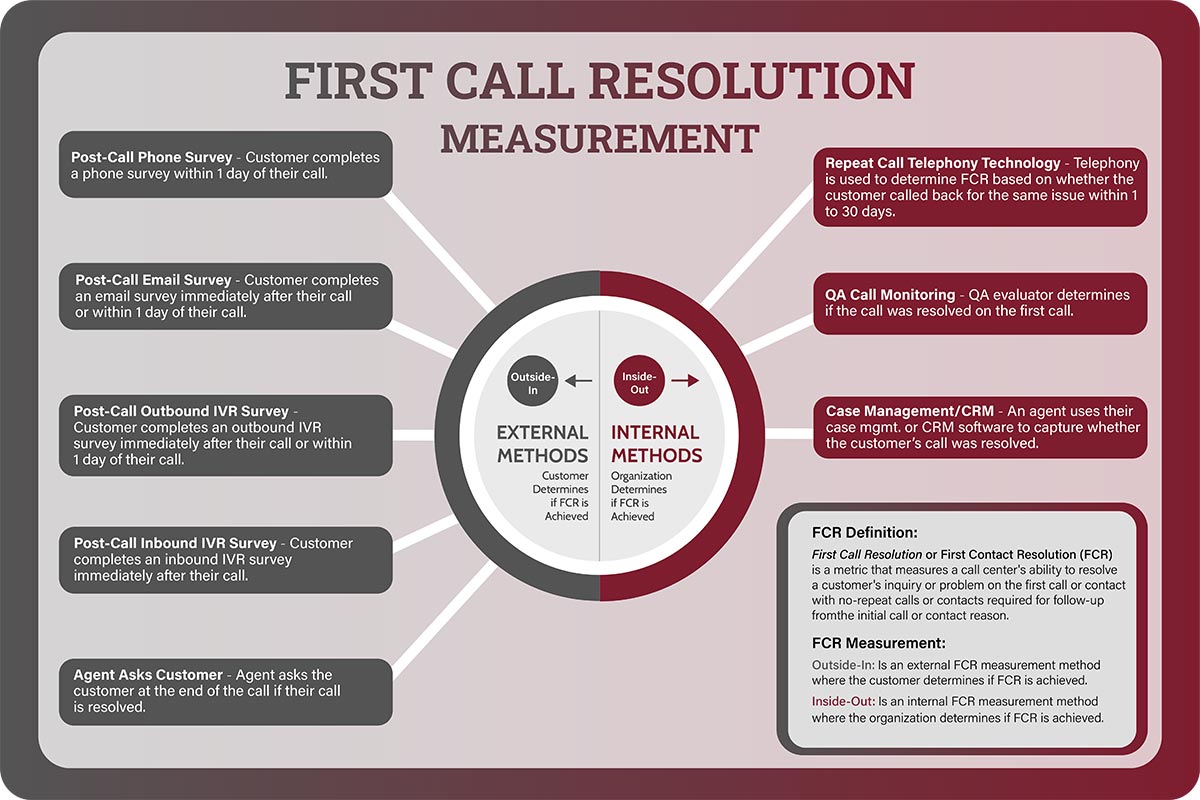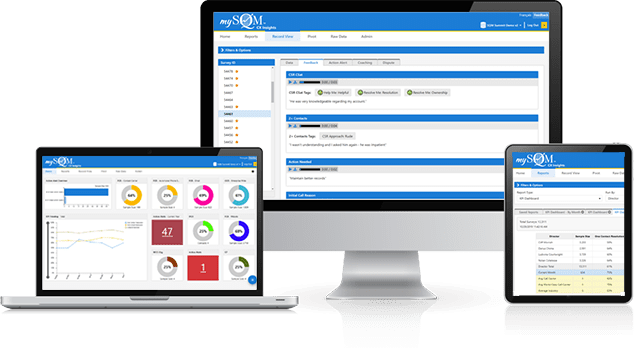First Call Resolution Metric
It is SQM’s view that because First Call Resolution (FCR) has been around for so long, it has lost its popularity among some call center leaders. FCR has become less trendy as a metric because call center leaders are always looking for new metrics, or they use too many metrics to help them measure and manage their service and costs. This approach of always looking for the next best metric, or the use of too many metrics, can have negative consequences because many call center leaders lose sight of what is important, and as a result, they don’t improve service and cost.

It is SQM’s opinion that call centers should refocus their attention on FCR because it is such an impactful metric for improving service, cost, and it is the metric that matters the most to your customers.
Why is First Call Resolution Important?
The reason why it is important can be summed up in the following manner:
- FCR is the KING of all call center metrics because it measures your customer experience (CX) performance, is a key indicator of your operating cost efficiency, and provides you with insights into areas to improve. No other call center metric provides such great insights into CX, cost, and opportunities to improve as FCR does.
- The FCR metric should be viewed as a balanced scorecard metric because it is the leading indicator for Csat, Esat, and cost.
- For every 1% improvement in FCR, a call center reduces its operating costs by 1%.
- When using VoC to measure FCR, a call center can expect an average ROI of 450% and a payback period of fewer than 3 months.
- For every 1% improvement in the VoC FCR, there is a 1% improvement in Csat.
- If a call is unresolved, 23% of customers express intent not to continue to use the organization's products and services due to their call center experience.
- Our data reveals that when a customer experiences FCR, the average Net Promoter Score (NPS®) is 55.
First Call Resolution is a metric that measures a call center’s ability to resolve a customer’s inquiry or problem on the first call, with no repeat calls required from the initial call reason. FCR is a measure of how effective your call center customer service is, operating cost efficiency, and is used for identifying opportunities to improve operating costs and service. No other call center metric provides such great insights into CX, cost, and opportunities to improve as the FCR metric does, hence why FCR is a balanced scorecard metric.
How to Measure FCR
A best practice for measuring FCR is to use both internal and external FCR measurement approaches. Our belief is that internal FCR provides a large amount of data for identifying areas to improve, and external FCR provides Csat insights. Using internal and external FCR measurement methods is a powerful approach for understanding performance and opportunities to improve from the organization and customer perspectives. Many call center managers struggle with defining and accurately measuring FCR. The most common reason for this struggle is that FCR and call resolution are not defined, or it is not understood as to how to measure or use internal or external FCR measurement methods, or both.

FCR External Measurement Methods
Post-Call Phone Survey
In this external method, the customer completes a post-call phone survey within 1 day of their call. The post-call phone survey method remains our most popular external FCR post-call surveying method because it provides the best FCR and Csat accuracy and insights of all the survey methods, as well as allowing the customer to determine FCR.

Post-Call Email Survey
In this external method, the customer completes an email survey immediately after their call or within 1 day of their call. The post-call email survey method is gaining popularity because most callers have an email address, it is a low-cost survey method, and the customer determines FCR.

Post-Call Outbound IVR Survey
In this external method, the customer completes an outbound IVR survey immediately after their call (e.g., within 5 minutes of the call) or within 1 day of their call. The post-call outbound IVR survey method is popular because it is a low-cost survey method, and the customer determines FCR.

Post-Call Inbound IVR Survey
In this external method, the customer completes an inbound IVR survey immediately after their call by having the customer remain on the line to complete a survey. The post-call inbound IVR survey method is a low-cost survey method, and the customer determines FCR.
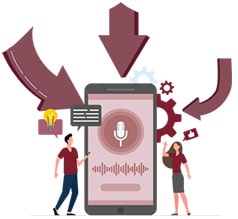
Agent Asks Customer
In this external method, the agent asks the customer if they resolved their call. We consider the agent asking the customer method to be an external method because the customer determines if the call is resolved.

FCR Internal Measurement Methods
Repeat Call Telephony Technology
In this internal method, telephony technology is used to determine FCR based on whether the customer called back for the same issue within 1 to 30 days. Of all the FCR external and internal FCR measurement methods, the repeat call telephony technology is the most used by call centers.
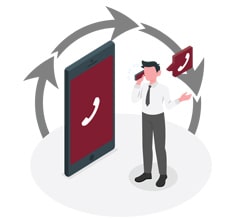
QA Call Monitoring
In this internal method, the QA evaluator determines if the call was resolved on the first call. Many SQM clients include the call resolution metric into their QA form and practices to determine FCR and call resolution performance.

Case Management / CRM
In this internal method, an agent uses their case management or CRM software to capture whether the customer’s call was resolved. One of the main advantages of using a case management or CRM system is that the call center can measure FCR and manage CX.
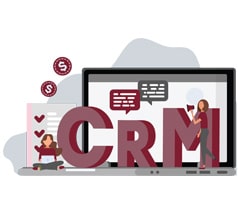
FCR Measurement Methods Insights and Costs
SQM has developed a quad map for FCR measurement methods based on customer experience insights, ranging from most to least insightful and cost, ranging from highest to lowest cost. To view this figure, Download the Whitepaper.
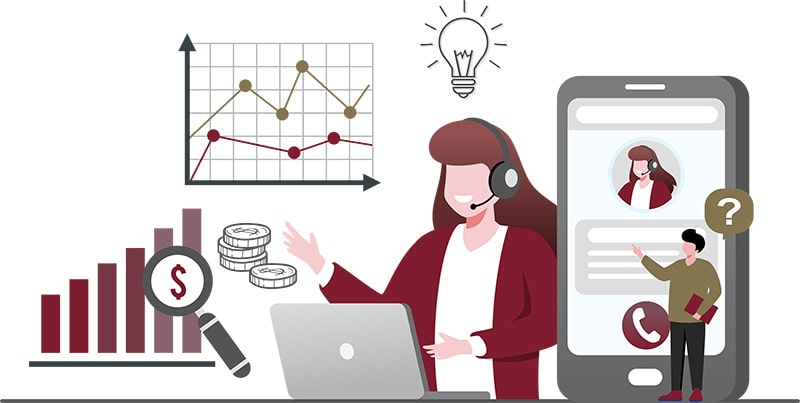
Outside-In vs. Inside-Out
For the Outside-In approach, external measurement based on customer feedback is used to design and deliver people, process, and technology practices to meet the customer's needs.
The Inside-Out approach uses internal measurement, business instincts, and internal thinking to design and deliver people, process, and technology practices to meet the customer's needs.
When using external and internal FCR data, it is a best practice to start with the external data because it is an outside-in perspective.
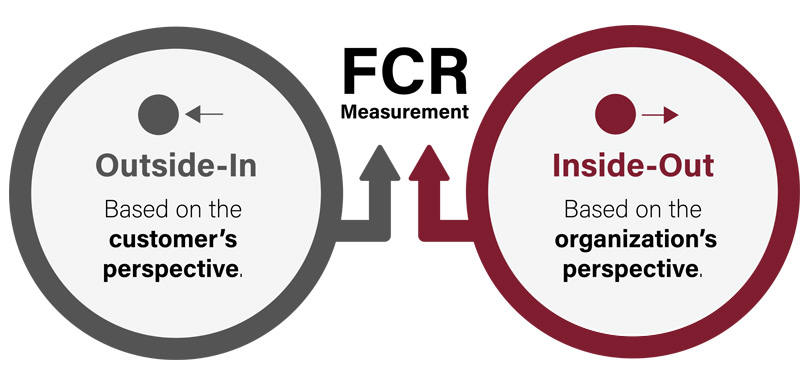
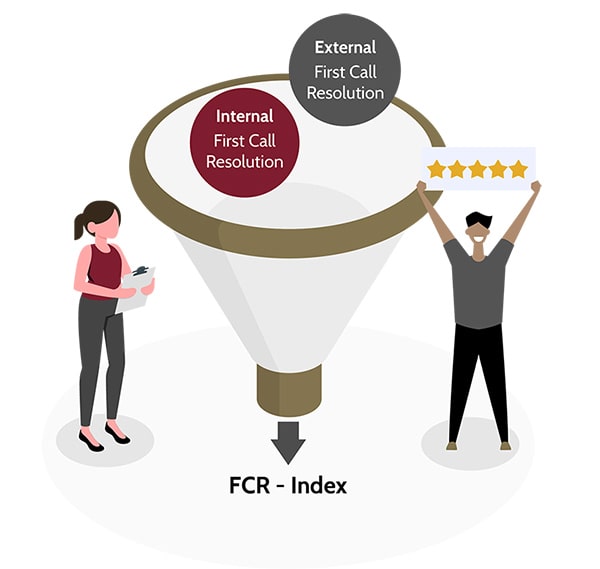
Combining External and Internal Measurements into an FCR-I
To view more details on FCR performance goals, download the free FCR Whitepaper.

FCR Measurement ROI Business Case
At SQM, we are often asked what the ROI business case is for FCR measurement. The best practice for measuring FCR is to use both internal and external FCR measurement approaches. The reason for this is that the internal FCR method can help identify what areas to improve because of the large amount of FCR data but lacks specifics on how to improve FCR and CX. The external FCR method is the best for FCR and Csat insights of all methods, and the customer determines FCR, but typically this method has a smaller sample size.
SQM Has developed a business case for measuring and improving FCR. The customer and employee data found in this case is based on SQM’s 25 years of conducting FCR research.

Quick Related Links
First Call Resolution Definition First Call Resolution PPT First Call Resolution Benefits
First Call Resolution Strategies First Call Resolution Operating Philosophy FCR Case Study Survey Data What is a Good FCR Rate? CX Pulse Check VoC Closed-loop Top 10 CX Metrics FCR Enterprise-Wide Metric Outside-In of Inside-Out

